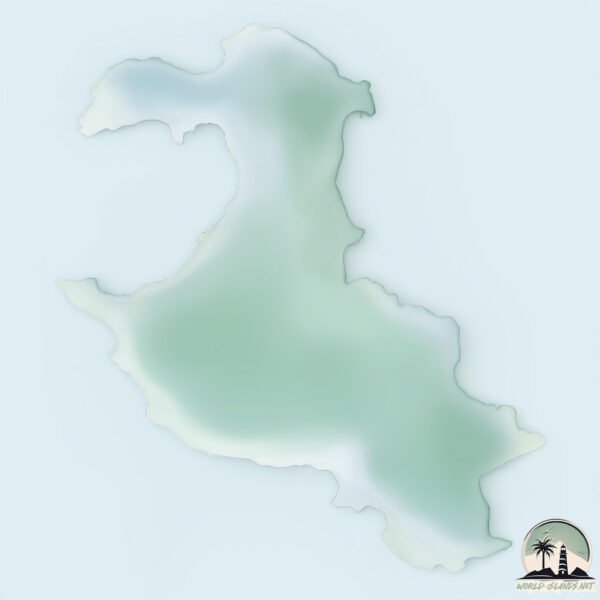Lifou

Welcome to Lifou, a Tropical island in the Coral Sea, part of the majestic Pacific Ocean. This guide offers a comprehensive overview of what makes Lifou unique – from its geography and climate to its population, infrastructure, and beyond. Dive into the details:
- Geography and Size: Explore the island’s size and location.
- Climate and Weather: Weather patterns and temperature.
- Topography and Nature: Uncover the natural wonders of the island.
- Infrastructure and Travelling: Insights on reaching, staying, and making the most of your visit.
- News and Headlines: Latest News.
Geography and size of Lifou
Size: 1140 km²
Coastline: 241 km
Ocean: Pacific Ocean
Sea: Coral Sea
Continent: Oceania
Lifou is a Very Large Island spanning 1140 km² with a coastline of 241 km.
Archipel: Melanesia – A subregion of Oceania in the southwestern Pacific Ocean, including countries like Fiji, Solomon Islands, and Vanuatu, known for their diverse cultures and languages.
Tectonic Plate: Australia – A major tectonic plate covering Australia, New Zealand, and parts of the Indian and Pacific Oceans, known for its relative stability and occasional seismic activity.
The geographic heart of the island is pinpointed at these coordinates:
Latitude: -20.94322084 / Longitude: 167.23303016
Climate and weather of Lifou
Climate Zone: Tropical
Climate Details: Tropical Monsoon Climate
Temperature: Hot
Climate Characteristics: Characterized by heavy rainfall, high humidity, and uniformly high temperatures, but with a distinct short dry season. It features a seasonal reversal of prevailing wind directions.
Topography and nature of Lifou
Timezone: UTC+11:00
Timezone places: Pacific/Guadalcanal
Max. Elevation: 97 m
Mean Elevation: 49 m
Vegetation: Evergreen Broadleaf Forest
Tree Coverage: 91%
The mean elevation is 49 m. The highest elevation on the island reaches approximately 97 meters above sea level. The island is characterized by Plains: Flat, low-lying lands characterized by a maximum elevation of up to 200 meters. On islands, plains are typically coastal lowlands or central flat areas.
Dominating Vegetation: Evergreen Broadleaf Forest
Characterized by dense, lush canopies of broadleaf trees that retain their leaves year-round. These forests are typically found in tropical and subtropical regions and are known for their high biodiversity. Lifou has a tree cover of 91 %.
Vegetation: 5 vegetation zones – Highly Diverse Island
With five different vegetation zones, these islands offer a rich tapestry of ecosystems. The variety could include dense forests, open meadows, wetlands, coastal zones, and more. This level of diversity supports an intricate web of life, with each zone playing a vital role in the overall ecological health and balance of the island.
Infrastructure and Travelling to Lifou
Does the island have a public airport? yes.
Lifou has a public and scheduled airport. The following airports are located on this island: Lifou Airport.
Does the island have a major port? no.
There are no major ports on Lifou. The closest major port is BAIE DE KOUAOUA, approximately 142 km away.
The mean population of Lifou is 5 per km². Lifou is Gently Populated. The island belongs to France.
Continuing your journey, Tiga is the next notable island, situated merely km away.
France is classified as Developed region: G7: Group of Seven – Major advanced economies, including Canada, France, Germany, Italy, Japan, the United Kingdom, and the United States. The level of income is High income: OECD.
News – Latest Updates and Headlines from Lifou
Stay informed with the most recent news and important headlines from Lifou. Here’s a roundup of the latest developments.
Social Media Posts about Lifou
Please note: The data used here has been primarily extracted from satellite readings. Deviations from exact values may occur, particularly regarding the height of elevations and population density. Land area and coastline measurements refer to average values at mean high tide.
